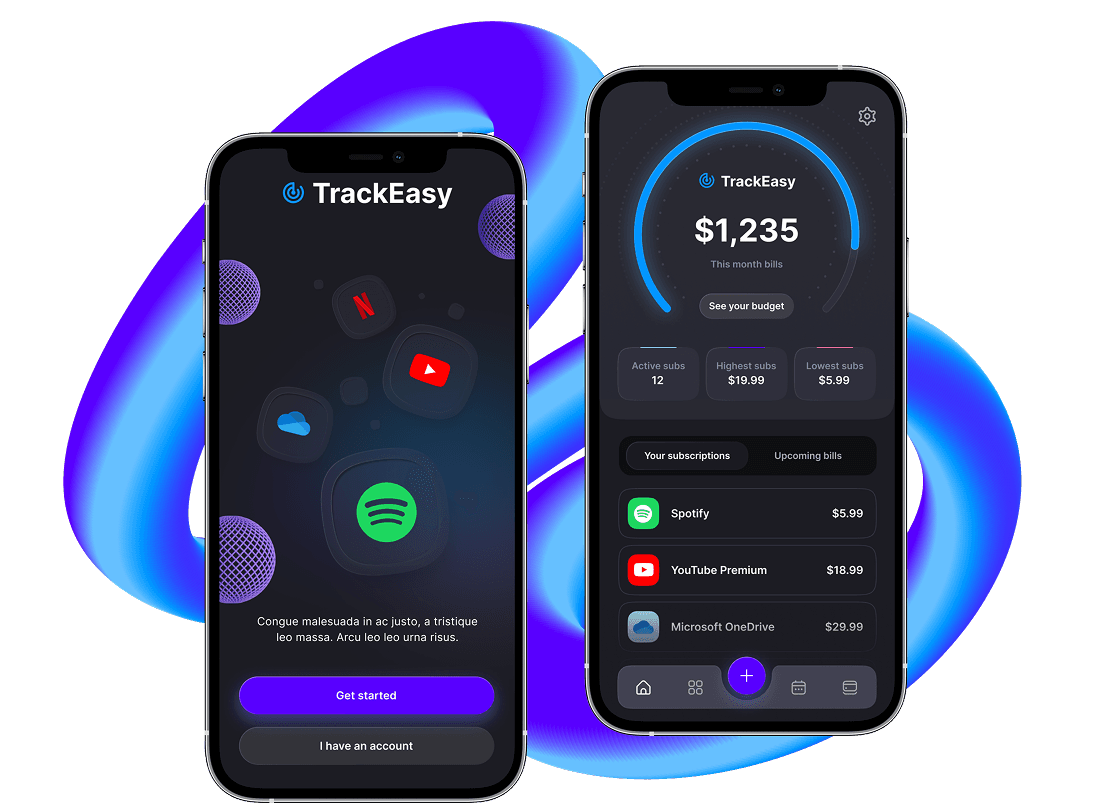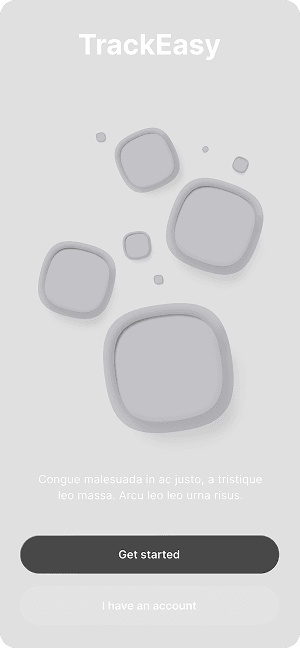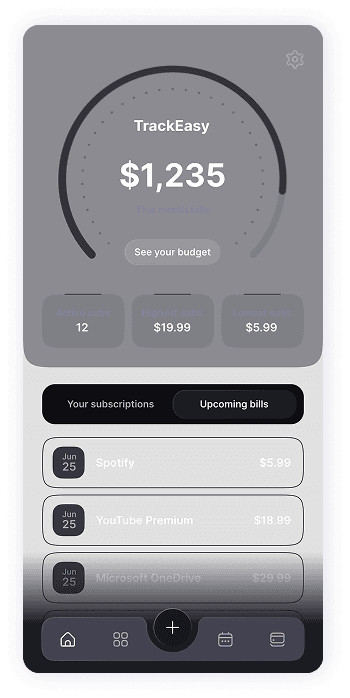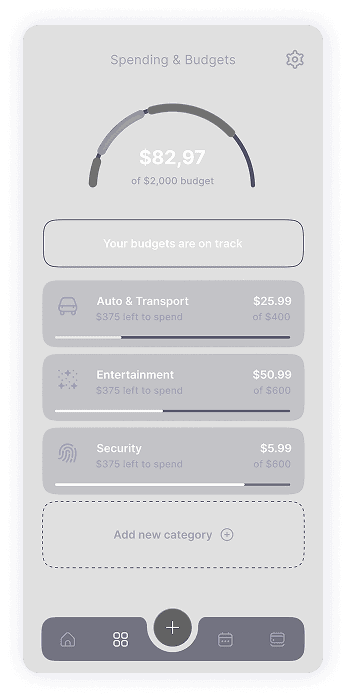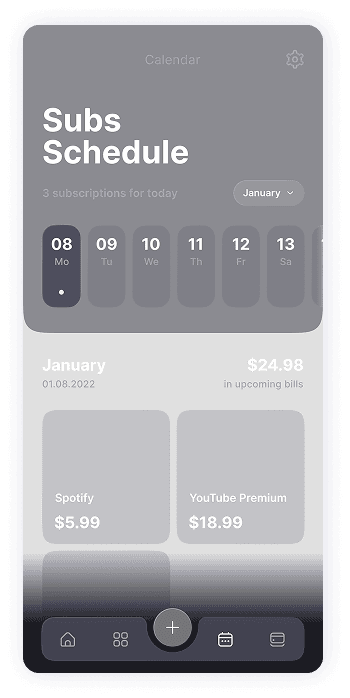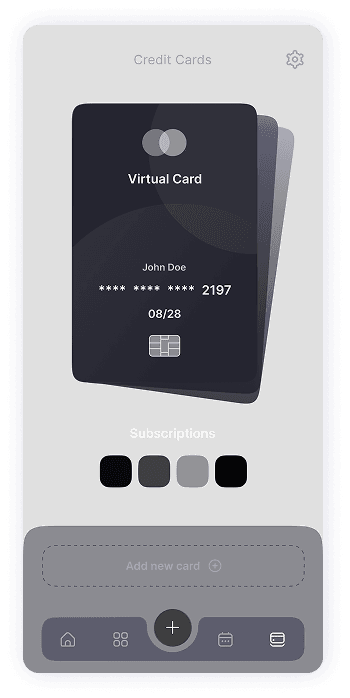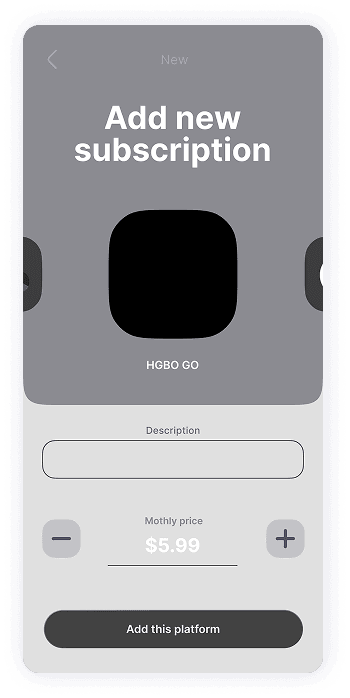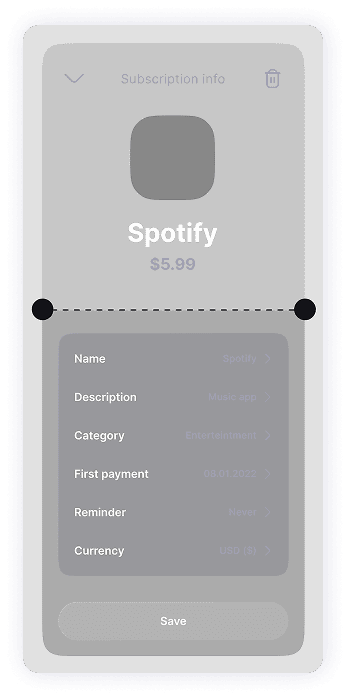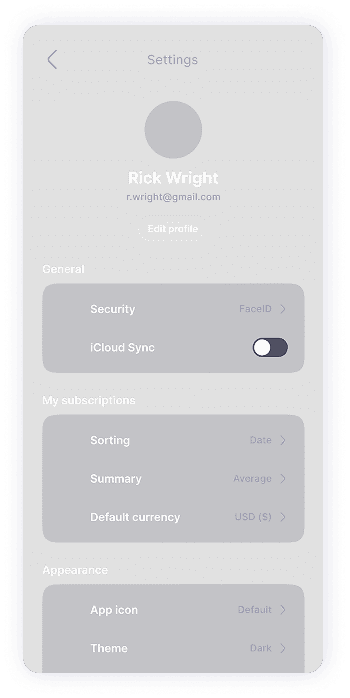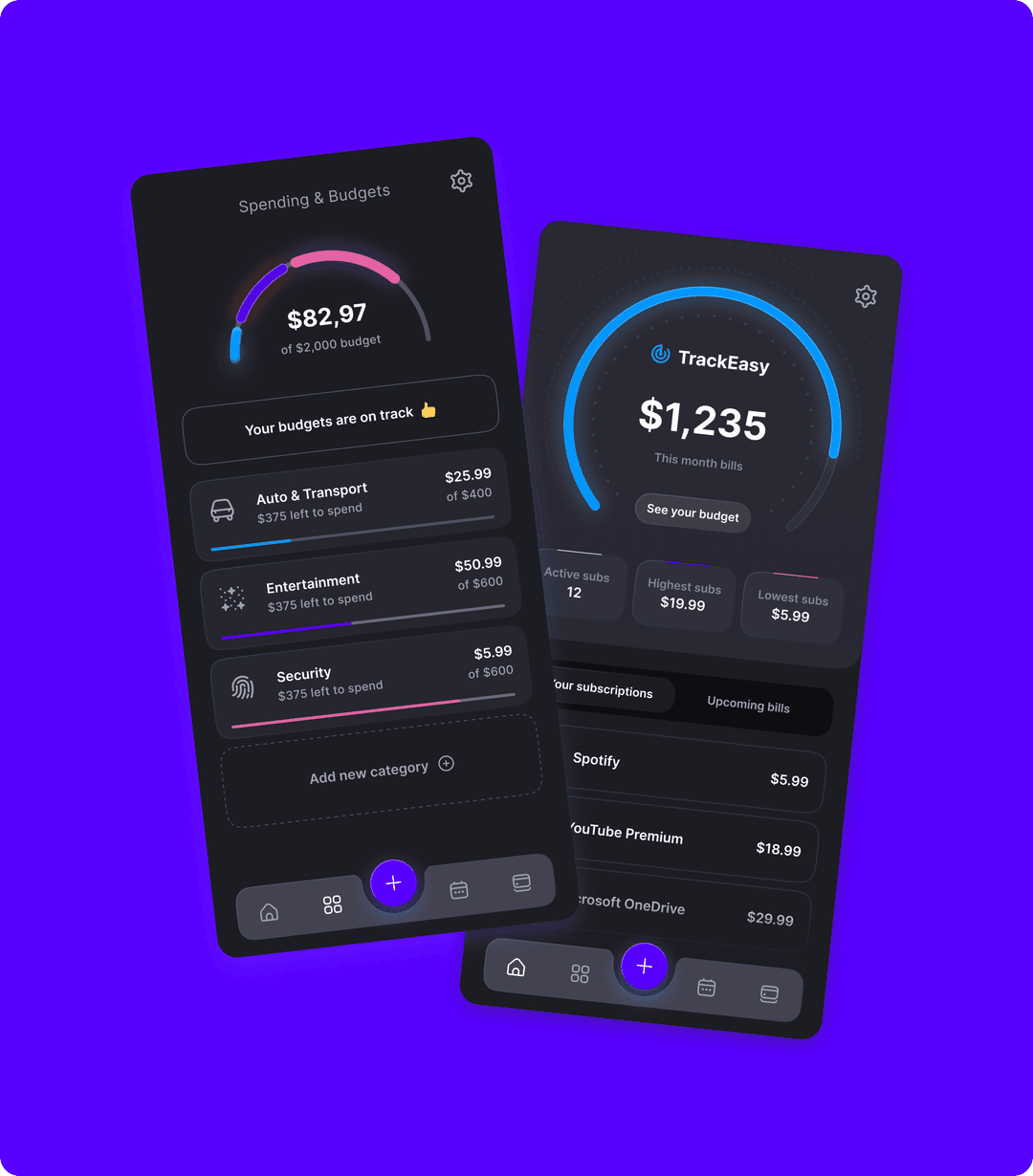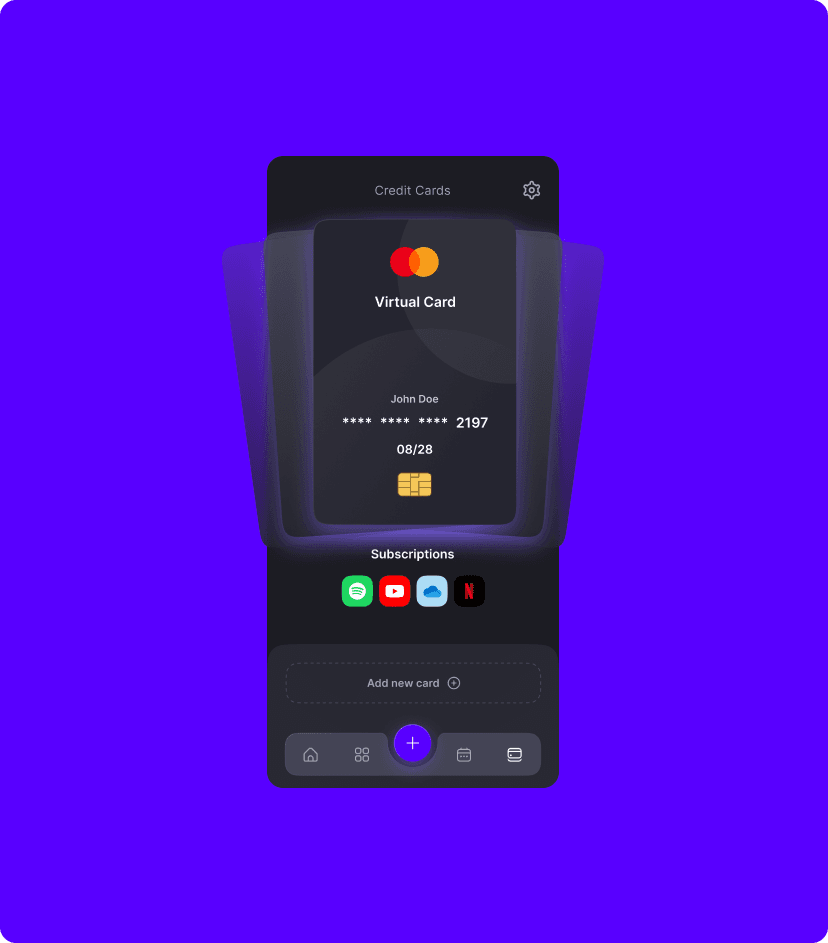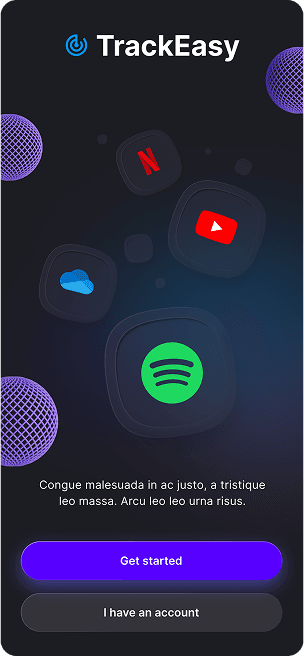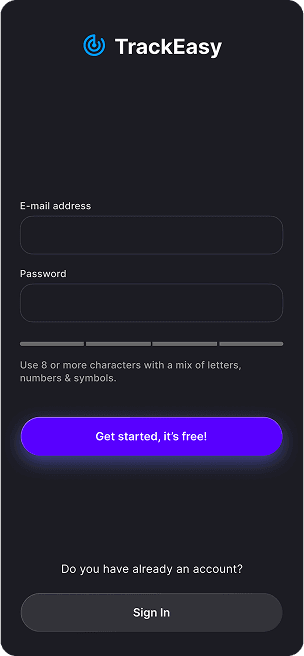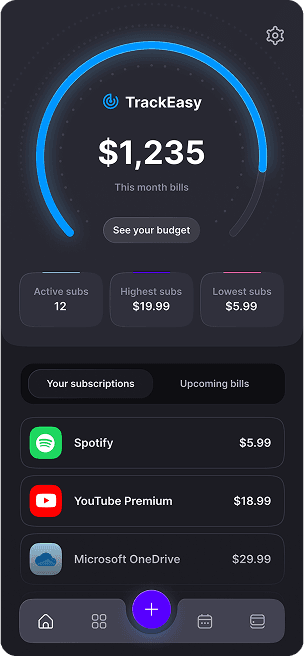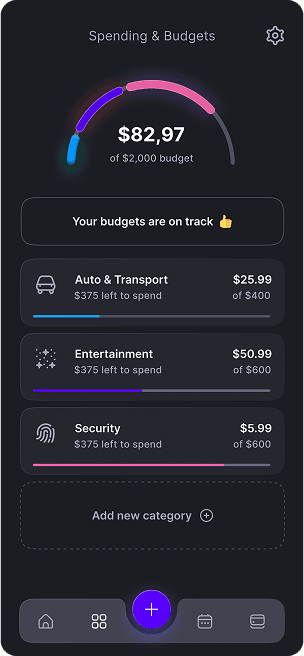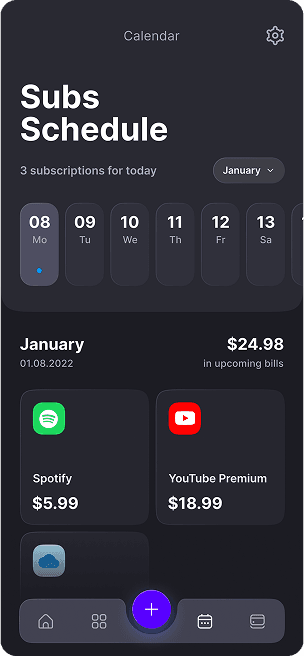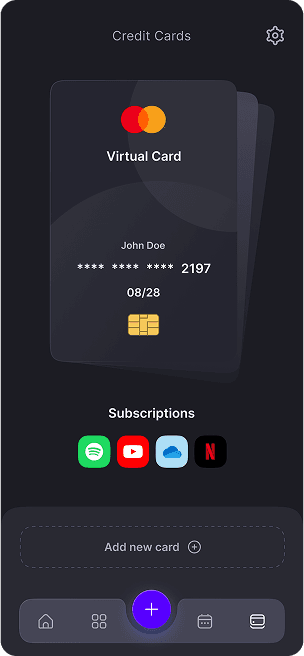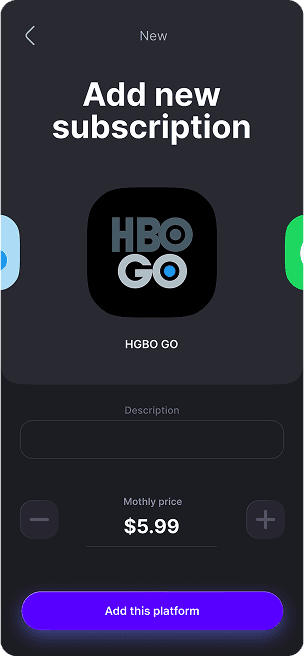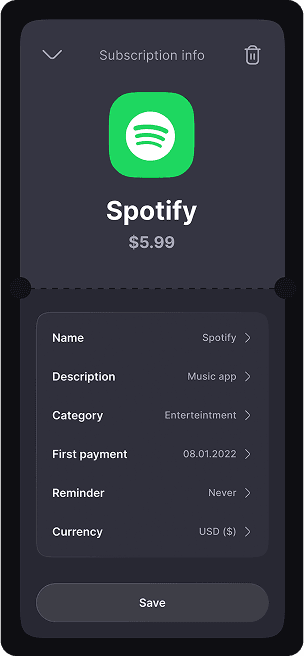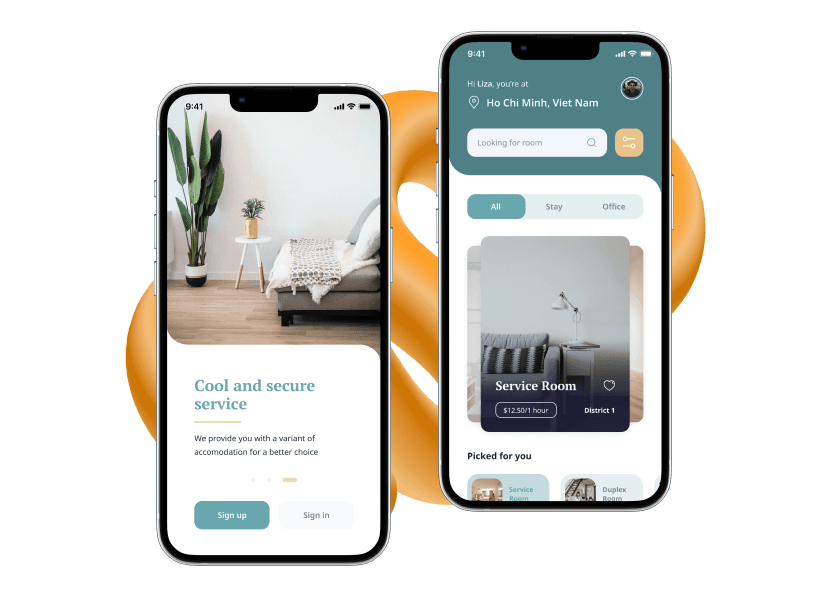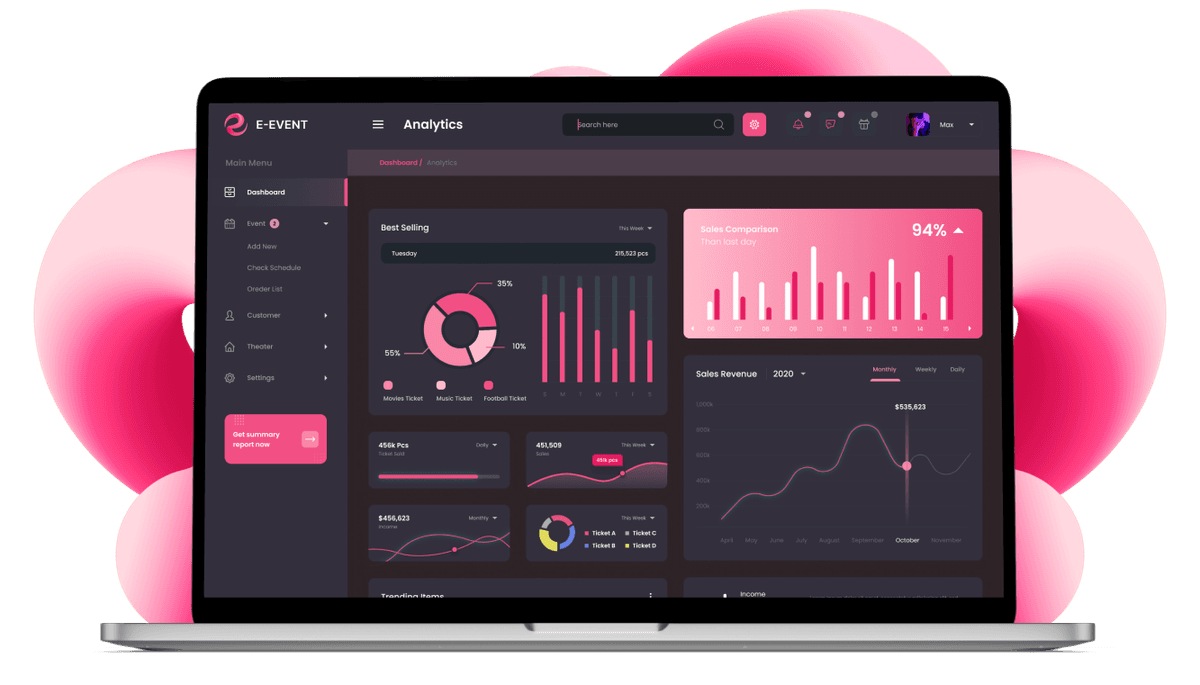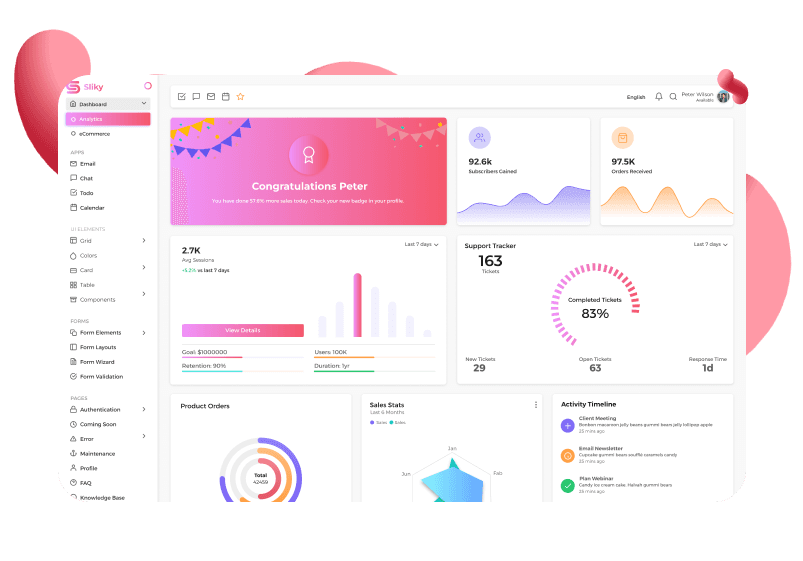
To lay a solid foundation for the design process, we embarked on a comprehensive research and discovery phase. At this stage, we studied the client's vision and requirements, ensuring a deep understanding of his goals and objectives. Simultaneously, we conducted a thorough analysis of the competitive landscape, examining existing finance management solutions and identifying industry best practices. Furthermore, we delved into audience analysis, gaining valuable insights into user preferences, pain points, and behavioral patterns within the financial domain.

Following the research phase, we moved on to the wireframing stage. At this phase, we developed a series of wireframes, encompassing every key screen from the initial signup process to expense and budget tracking functionalities, and other essential user interfaces. The primary focus during this stage was to ensure a seamless and intuitive user journey. We prioritized clear information architecture, logical task flow, and a user-friendly layout to streamline financial management activities within the app.

After completing the wireframes, we transitioned into the UI design phase, where we brought the wireframes to life with visually appealing and functional user interfaces. We meticulously selected a color palette that aligns with financial management principles, crafted a custom set of icons to enhance usability, and chose fonts that ensure readability and professionalism. This phase was crucial in establishing the app's visual identity, ensuring consistency and a polished look.

Beyond the UX/UI design, we developed a distinctive logo for TrackEasy to embody its mission. The bold, clean font stands for reliability and professionalism, key traits in the financial industry. The spiral icon signifies continuous tracking, underlining the app’s focus on detailed financial oversight. The blue color palette symbolizes trust and stability, ensuring users feel assured and confident in using TrackEasy for their financial needs.

Finally, we created a clickable prototype to provide the client with an interactive experience of the app. This prototype allowed the client to navigate through the app's features firsthand, offering valuable feedback on usability and functionality. The interactive prototype was a crucial step for refining the design and ensuring it met the client's expectations and requirements, bringing the entire vision to a tangible and testable form.

